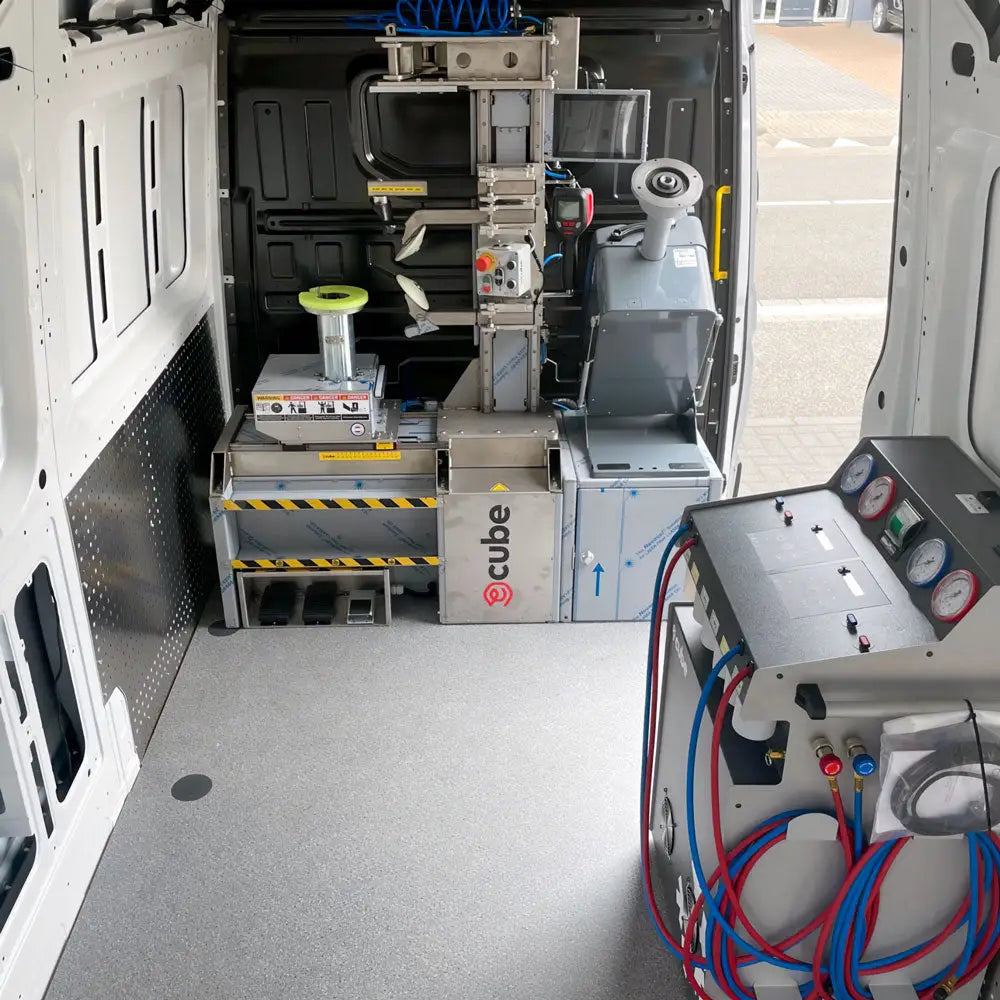Quick Reaction Mobile Tire Change Service in Las Vegas
Quick Reaction Mobile Tire Change Service in Las Vegas
Blog Article
Tire Service: Proven Approaches for Ideal Tire Upkeep and Care
Keeping ideal tire condition is vital for both safety and efficiency of any type of car. From ensuring appropriate tire stress to regular rotation and placement, there are tested approaches that can considerably expand the life-span of your tires and improve general driving experience. As we explore the intricacies of tire care and maintenance, we will certainly reveal necessary guidelines that every lorry owner ought to follow for the finest feasible outcomes. Let's explore the globe of tire service and find the keys to maintaining your tires in top-notch shape for the long run.
Relevance of Tire Stress
Appropriate tire stress promotes much better gas efficiency, as under-inflated tires can lead to boosted rolling resistance, creating the engine to work more difficult and consume more gas. Proper tire pressure ensures also tread wear, enhancing tire long life and saving money in the lengthy run by postponing the requirement for early replacements. Regularly checking and changing tire pressure, especially previously lengthy trips, is a basic yet reliable means to enhance lorry efficiency, expand tire life-span, and focus on safety on the road.
Tire Rotation Standards
When taking into consideration tire rotation guidelines, it is necessary to understand the significance of this maintenance job in optimizing tire lifespan and preserving ideal automobile efficiency. Tire turning includes transforming the setting of each tire on a lorry to guarantee also walk wear. Front tires often tend to wear faster than back tires as a result of guiding forces, making normal rotation vital for well balanced wear patterns. The suggested turning pattern differs relying on whether a lorry is front-wheel, rear-wheel, all-wheel, or 4x4. Commonly, tires need to be turned every 5,000 to 7,500 miles, or as recommended in the vehicle guidebook. Ignoring tire rotation can lead to irregular wear, impacting handling, traction, and potentially compromising automobile safety. By sticking to correct turning guidelines, chauffeurs can extend the life of their tires, improve gas effectiveness, and improve general driving experience. Routine rotation is an easy yet efficient upkeep method that contributes considerably to tire long life and car efficiency.

Advantages of Wheel Positioning
Ensuring appropriate wheel placement after tire rotation is important for maintaining balanced wear patterns and making the most of vehicle efficiency. In addition, right wheel positioning helps to extend the life-span of your tires. Misaligned wheels can trigger unequal tire wear, leading to premature tire substitute and increased upkeep expenses.

Tire Tread Deepness Inspect
Performing a normal evaluation of tire step depth is crucial for preserving secure driving conditions and lengthening the life-span of your tires. The walk on your tires plays a vital role in offering grip, particularly in damp or unsafe problems. review To examine your tire step deepness, you can use a tread depth gauge or the penny test. The recommended tread deepness goes to least 2/32 of an inch. It is time to change your tires to ensure optimal performance and safety on the road if the walk depth is below this threshold. Unequal walk wear can indicate concerns with tire stress, suspension, or alignment, highlighting the importance of regular walk depth checks. Overlooking to keep an eye on and keep proper walk depth can lead to minimized hold, longer stopping ranges, and a boosted risk of hydroplaning. By incorporating tire step depth look into your regular maintenance schedule, you can drive with self-confidence knowing that your tires are in top problem.
Seasonal Tire Assessment
Seasonal tire examination is a basic facet of tire maintenance that makes certain tires are ready to face the challenges postured by different weather condition problems. In preparation for wintertime, it is vital to check the tire stress routinely as cool temperatures can trigger tire stress to drop. By carrying out routine seasonal tire assessments, drivers can prolong tire lifespan, enhance gas effectiveness, and most importantly, ensure a safe driving experience in varying weather conditions.
Conclusion
Finally, keeping correct tire stress, turning tires routinely, aligning wheels appropriately, checking tread find more information depth, and performing seasonal evaluations are crucial methods for optimal tire care. By adhering to these proven methods, drivers can ensure their tires last longer, perform better, and add to total automobile safety and security. It is crucial to focus on tire maintenance to avoid crashes, improve gas performance, and lengthen the lifespan of tires.
Ample tire stress advertises better gas efficiency, as under-inflated tires can lead to raised rolling resistance, causing the engine to work more difficult and consume more gas.When taking into consideration tire turning guidelines, it is necessary to understand the value of this upkeep job in making best use of tire lifespan and preserving ideal car efficiency. Seasonal tire evaluation is a basic element of tire upkeep that ensures tires are prepared to face the obstacles presented by different weather conditions. By conducting regular seasonal tire examinations, vehicle drivers can extend tire life expectancy, boost gas efficiency, and most notably, make sure a secure driving experience in differing weather condition conditions.
In conclusion, preserving proper tire stress, revolving tires frequently, straightening wheels correctly, monitoring walk deepness, and performing seasonal inspections are necessary practices for optimal tire treatment.
Report this page